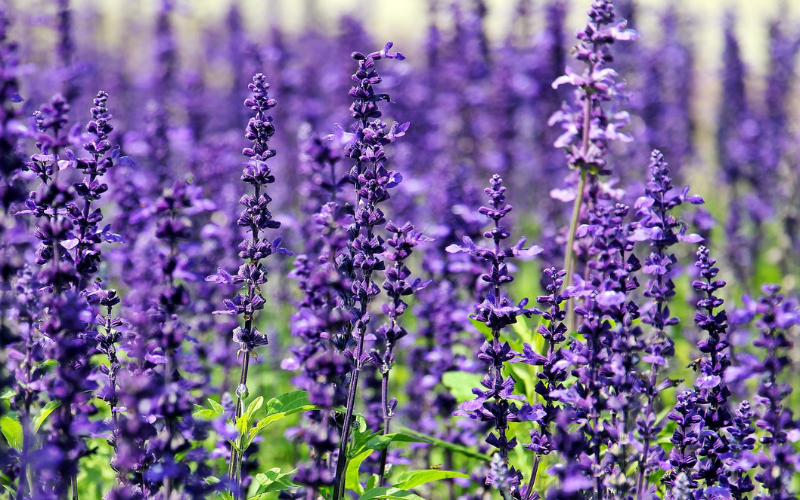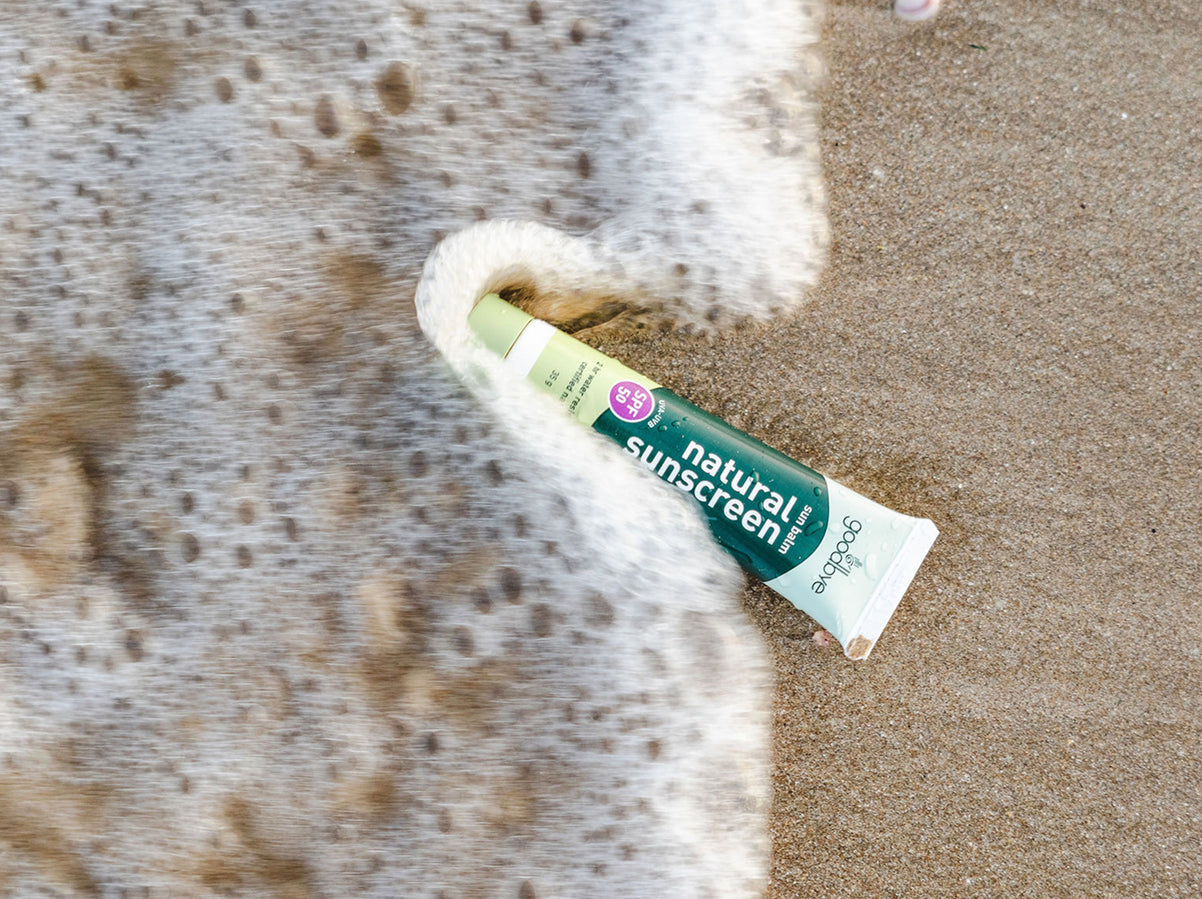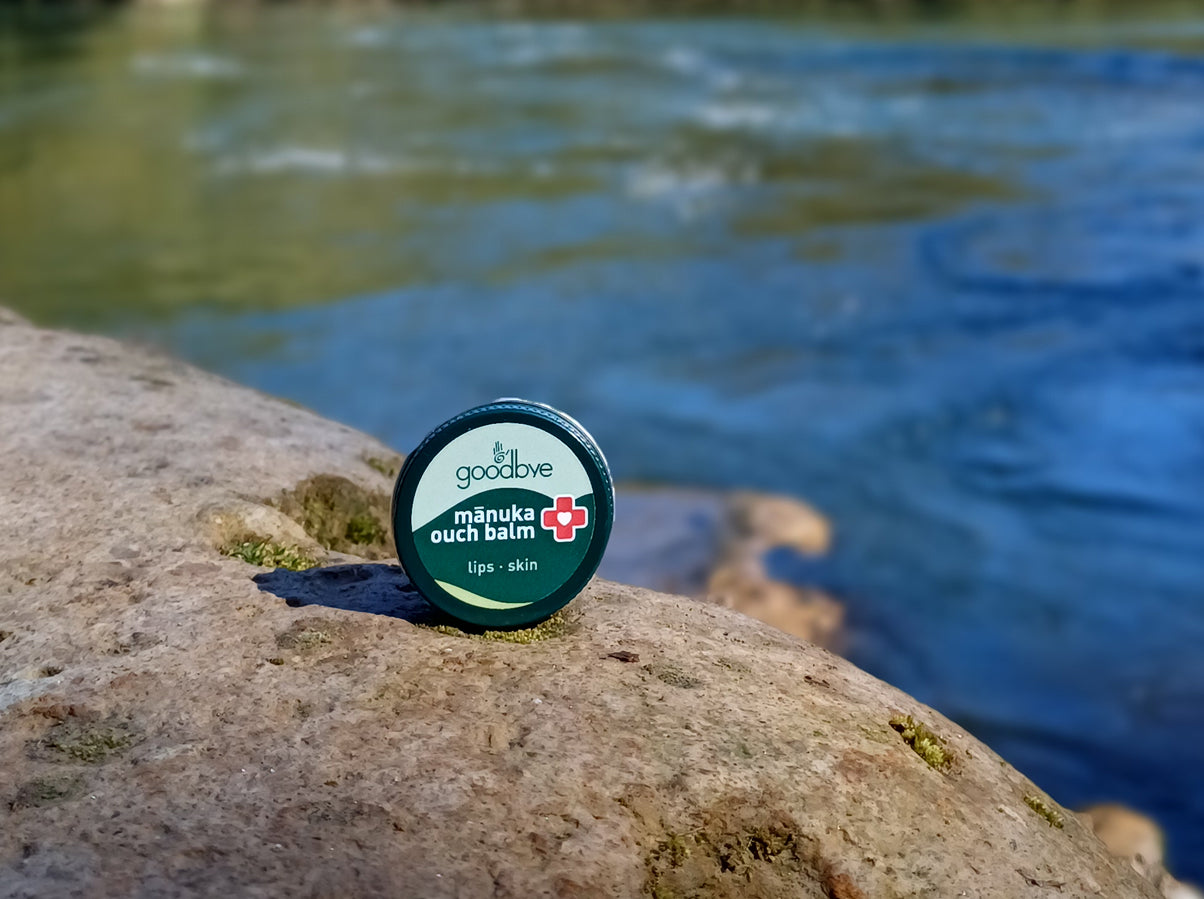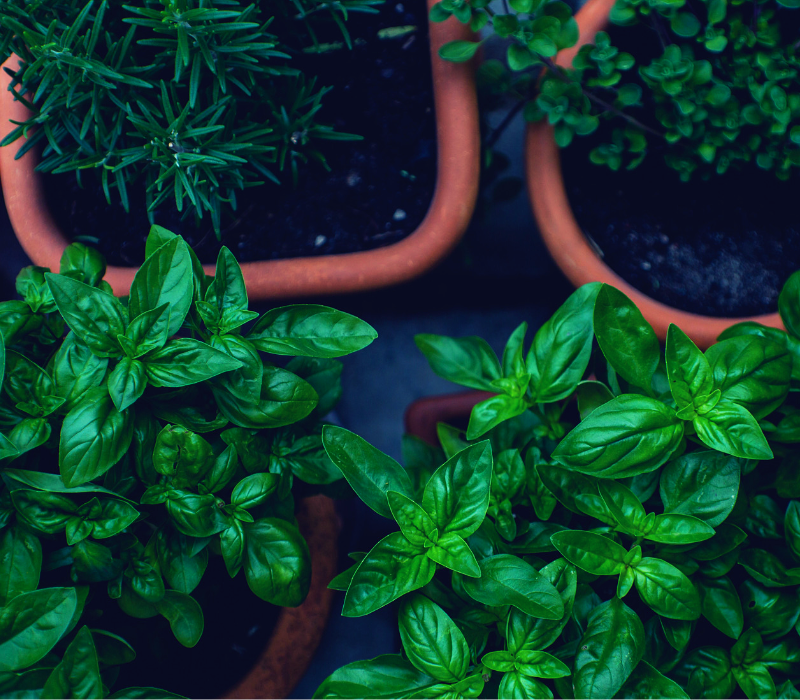Aromatic Adventures

Learn to Make Aromatherapy Blends
Yesterday I got back from 4 days at the ocean. by myself. John looked after Helena and Isaac, and I immersed myself in a video project that I've been wanting to bring to life for months. The environment was just the magic and solitude I needed to bring a vision into form. I'll be able to share what I was up to in another post.
This week Dr. Wendy gives an amazing story of aroma, how deeply it impacts our impressions and memory, and how you can create your own essential oil-based blends.
In Health, and wishing you Joy,
Becky
Aromatic Adventures
By: Dr. Wendy Maddocks-Jennings (RN, DHlthSc)
Are you one of those people who opens the lid of everything to have a sniff before you buy it? Are you drawn into a shop or to a person because of the way they smell? Likewise, aroma can also be a distinct turn off- too much perfume on the wrong person at the wrong moment can leave an aromatic scar forever! Aroma preference is a very personal thing and involves many complicated chemical process in the brain, along with a highly emotive input.
There are also cultural and religious and societal aspects that enter into the mix. In the fifteen years, I taught aromatherapy, and there was always some sort of emotive reaction at some time when aromas were first encountered in the classroom. Some were quite extreme- nausea and cramps when geranium was smelled as the person had been beaten as a child and can remember the smell of geraniums coming through the window. Others were less dramatic and usually involved fond memories of a dear person who has passed away.
This article is more about the sense of pleasure side of aromatics. As a creator of natural skincare products that are exported to several different export markets, the use of aromas in the products is a carefully thought out process. Firstly the product needs to have a particular effect (e.g soothing, anti-bacterial, anti-inflammatory). However, the oils which give it this effect may not have the aesthetics necessary- a classic example is Teatree- melaleuca alternifolia. This oil can at best be described as medicinal. It takes another strong aroma to mask it- however, the side effect of this is that the masking aroma may have to be used in high concentrations which can irritate the skin. There is no way tea tree is blended for pleasure! There are also regulations around the percentage of certain aromatics or constituents in skincare.
Using essential oils in perfumery and aesthetics gives a wonderful dimension to your own creations. You may wish to try and create some of the well known perfumes or to develop something of your own. However, you must keep in mind that most, if not all of modern perfumery rely totally on the use of predictable and reliable synthetic chemicals to recreate the aromas of nature. For example, there isn't an essential oil equivalent of sea breeze or forest air; however, some aspects of these can be created.
What provides the base for the essential oils blends?
True perfumes are alcohol based as essential oils and synthetic chemicals are all soluble in alcohol. Perfumers alcohol is completely aroma free and is 100% proof. It is not possible to buy this in New Zealand without a special license as it is both highly flammable and also lethal if ingested or used indiscriminately. Isopropyl alcohol is sometimes substituted, and sometimes this is available from chemists and solvent suppliers. However, due to the high use of isopropyl alcohol in certain drug manufacturing practices, it also may be hard to come across. The other thing against isopropyl alcohol is that it does have a slight aroma. For domestic purposes, the easiest alcohol to get is vodka at 40 proof. The cheapest grade which is unflavoured is fine. If you do not wish to use alcohol you can also use floral waters with an essential oil solubiliser. The other option is to make solid perfumes with a plant wax and apply to a pulse point.
Essential Oil Aroma Notes
Essential oils are classified according to their note in perfumery, which relates to the rate or speed of evaporation of the essential oil. This method of classifying oils this way has been around since the 19th century. The aim of creating a synergistic and aesthetically pleasing blend is to include oils from all of the notes in perfect harmony.
The notes are described as follows:
a. Top notes (15-20% of blend)
Evaporate first
First impression, light
Leads you into the blend
Give roundness, complexity, and fullness
Considered the heart of the fragrance and gives body to the blend
Last longest
Act as fixative
Rich and heavy which emerges slowly and lasts the longest
Common oils and their aroma groups.
Floral
Neroli, rose, jasmine, ylang-ylang, palmarosa, lavender
Minty
Peppermint, spearmint, geranium
Oriental
Gingergrass, ginger, cardamom
Woody
Sandalwood, cedarwood, pine
Medicinal/camphor
Eucalyptus globulus, spike lavender
Herbaceous
Clary sage, thyme, marjoram, rosemary
Earthy
Patchouli, vetivert
Spicy
Ginger, cardamom, allspice, cumin
Citrus
Lemon, lime, mandarin, bergamot, grapefruit
Blending table guidelines:
This table is a very brief guide as to what blends with what. However there are no absolute rules- if you like it then go for it!
- Floral + Spicy citrus, woody, oriental, earthy
- Woody + Blends with anything
- Spicy + Floral, citrus, resins, oriental, earthy
- Minty + Citrus, woody, herby, resins, medicinal, camphor
Finally, just a couple of safety pointers- pure essential oils, absolutes, and aromatic extracts are highly concentrated substances and generally always diluted on the skin. For products being applied to the face, 1% is a typical dilution (total of all essential oils). For body applications, 5% is usual. However, if you are blending for perfumery, where a small amount only is applied the concentrations can be as high as 20% but you would need to check for skin sensitivities.
p.s.
In the final analysis, the hope of every person is simply peace of mind.
~Dalai Lama











